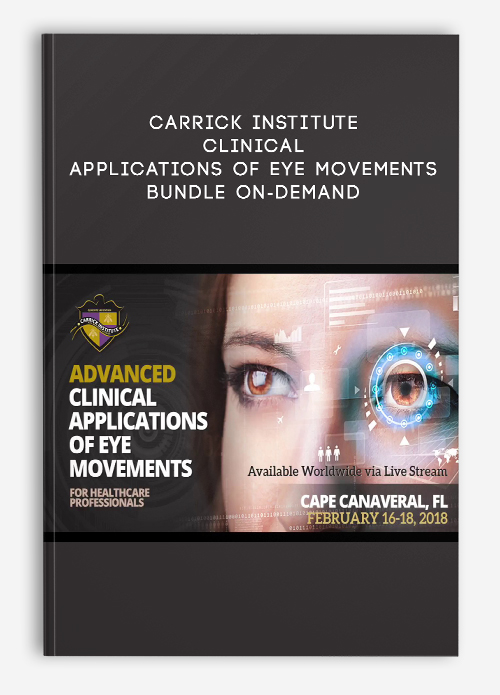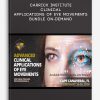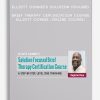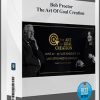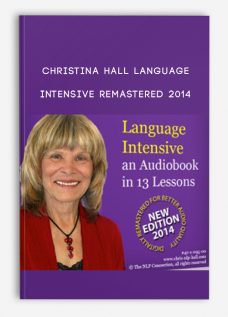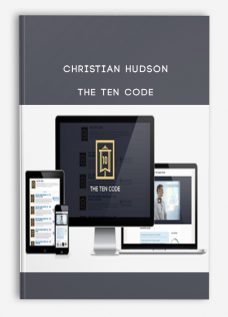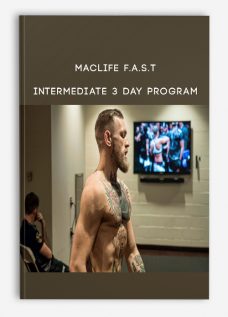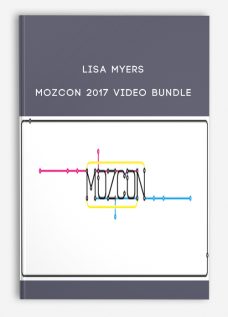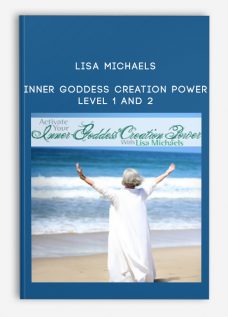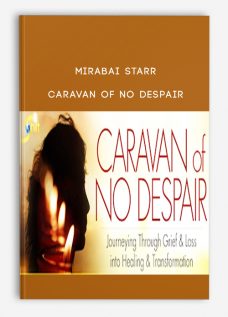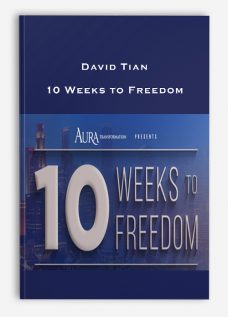Clinical Applications Of Eye Movements Bundle On-Demand by Carrick Institute
Original price was: $3,000.00.$487.00Current price is: $487.00.
Product Include:
File size:
- Description
Description
Clinical Applications Of Eye Movements Bundle On-Demand by Carrick Institute
**More information:
Get Clinical Applications Of Eye Movements Bundle On-Demand by Carrick Institute at bestoftrader.com

Description
This 50 hour clinical program is a comprehensive overview of the brain and eye movements highlighting hands-on examination and treatment protocols. A mastery of clinical examination procedures to quantify brain function and eye movements is necessary in the treatment of traumatic brain injuries and neurodegenerative diseases. Our participants will be trained to this level of mastery after completion of this course.
Participants will learn
- Examination of brain function
- Examination of voluntary and reflexogenic eye movements
- Examination of the visual striate cortex
- Examination of the medial superior temporal and middle temporal areas
- Examination of the frontal cortex
- Examination of the dorsolateral prefrontal cortex
- Examination of frontal eye fields
- Examination of supplementary high fields
- Examination of the superior colliculus
- Examination of the Pontine para-medial reticular formation
- Development of clinical treatments associated with disorders of the brain
These examination procedures promote localization and differential diagnoses of the nervous system.
Mastery of clinical procedures involving eye movements
- Saccade test
- Antisaccadic test
- Head and eye saccades
- Visual pursuits
- Reflexogenic by movement tests
- Volitional eye movement tests
- Vestibular tests
- Gaze fixation tests
- Optokinetic tests
Mastery of the understanding of the descending pathways involved in eye movements and their clinical applications
- Examination procedures that are specific to quantified the functional connections between the brain and brainstem
- Examination procedures that are specific for the Neostriata and basal ganglia
- Examination procedures that are specific for the subthalamic nucleus
- Examination procedures that are specific to the integration of major structures that projec to brainstem saccadic generators
- Examination procedures that are specific to the classification of fast and slow eye movements
- Diagnostic interpretation of pathology of functional eye movements
Brain function and the smooth pursuit system
- Examination procedures to identify function of the descending smooth pursuit pathway
- Examination procedures to identify the integration of cortical, subcortical and cerebellar influences to smooth pursuit function
- Interpretation of clinical signs specific to anatomical localization and neurophysiological function of the nervous system
- Understanding the functional deficits and compensation of specific lesions in the brain, basal ganglia, thalamus, cerebellum, brainstem and spinal cord and the development of treatment therapies specific to identified lesions
- Examination procedures that can identify pathology of function versus ablative pathology of smooth pursuit systems.
- Examination procedures specific to vestibular integration and eye movements
Clinical skills associated with vergence eye movements
- Clinical examination procedures of near and far visual perception
- Clinical treatment applications using environmental stimuli to affect vergence eye movements
- Clinical examination procedures specific to the midbrain
- Clinical examination procedures specific to the pons
- Clinical examination procedures specific to the cerebellum
Understanding the extraocular motor system
- Clinical examinations to quantified the pulse – step of neural integration
- Clinical examinations to measure pulse – step mismatches
- Clinical examinations to quantify the integrity of the brainstem generator
- Clinical examinations to quantify saccadic latency, velocity, duration and accuracy
The development of therapeutic treatment interventions
- Rubrics to assist in treatment development
- How to create a therapeutic practice
- How to increase beneficial clinical outcomes
- How to decrease failed clinical outcomes
Health and Medical course
More information about Medical:
Medicine is the science and practice of establishing the diagnosis, prognosis, treatment, and prevention of disease.
Medicine encompasses a variety of health care practices evolved to maintain and restore health by the prevention and treatment of illness.
Contemporary medicine applies biomedical sciences, biomedical research, genetics, and medical technology to diagnose, treat, and prevent injury and disease,
typically through pharmaceuticals or surgery, but also through therapies as diverse as psychotherapy, external splints and traction, medical devices, biologics, and ionizing radiation, amongst others.
Medicine has been around for thousands of years, during most of which it was an art (an area of skill and knowledge) frequently having connections to the religious and
philosophical beliefs of local culture. For example, a medicine man would apply herbs and say prayers for healing, or an ancient philosopher and physician would apply bloodletting according to the theories of humorism.
In recent centuries, since the advent of modern science, most medicine has become a combination of art and science (both basic and applied, under the umbrella of medical science).
While stitching technique for sutures is an art learned through practice, the knowledge of what happens at the cellular and molecular level in the tissues being stitched arises through science.

